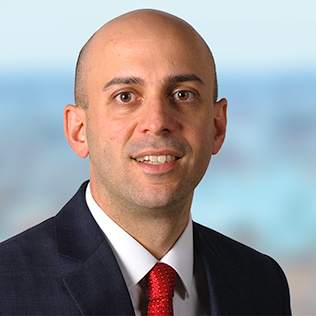Fixed income: Common challenges, different states of play
The ESG and sustainable investing styles that we recognize rely on many of the same inputs, including data and disclosures on material ESG metrics, agreement on which themes are material for the issuer’s business model or peer group, and issuers’ willingness to engage with investors on these themes. Investors can then use these common inputs to implement different approaches to ESG or sustainability, including: routine ESG integration; identification of leaders and “improvers” in adopting sustainable business practices; and determining if an issuer qualifies for an impact investing universe.
However, sourcing and applying these shared inputs is often easier said than done in fixed income. We believe this difficulty might be one reason why sustainable fixed income investment approaches have lagged their equity counterparts in recent asset growth and flows.
Across global fixed income markets, we have observed that investors face three fundamental challenges when seeking to deepen ESG integration and/or to develop sustainable investment strategies:
- Data quality and disclosures;
- Use of relevant evaluation metrics; and
- Issuer education and engagement.
While these challenges are common to all fixed income sectors, managers need to adapt their approaches to ESG and sustainability sector by sector because each sector is in a different place on its respective “journey.” For example, some segments of corporate credit markets are quite mature in terms of investor activism, corporate awareness of ESG and sustainability, and data disclosures. By contrast, many securitized investors and issuers are still gaining basic familiarity with ESG and sustainability concepts and just beginning to define sustainable themes that are material to their sector (e.g., real estate climate risk, predatory lending).






















